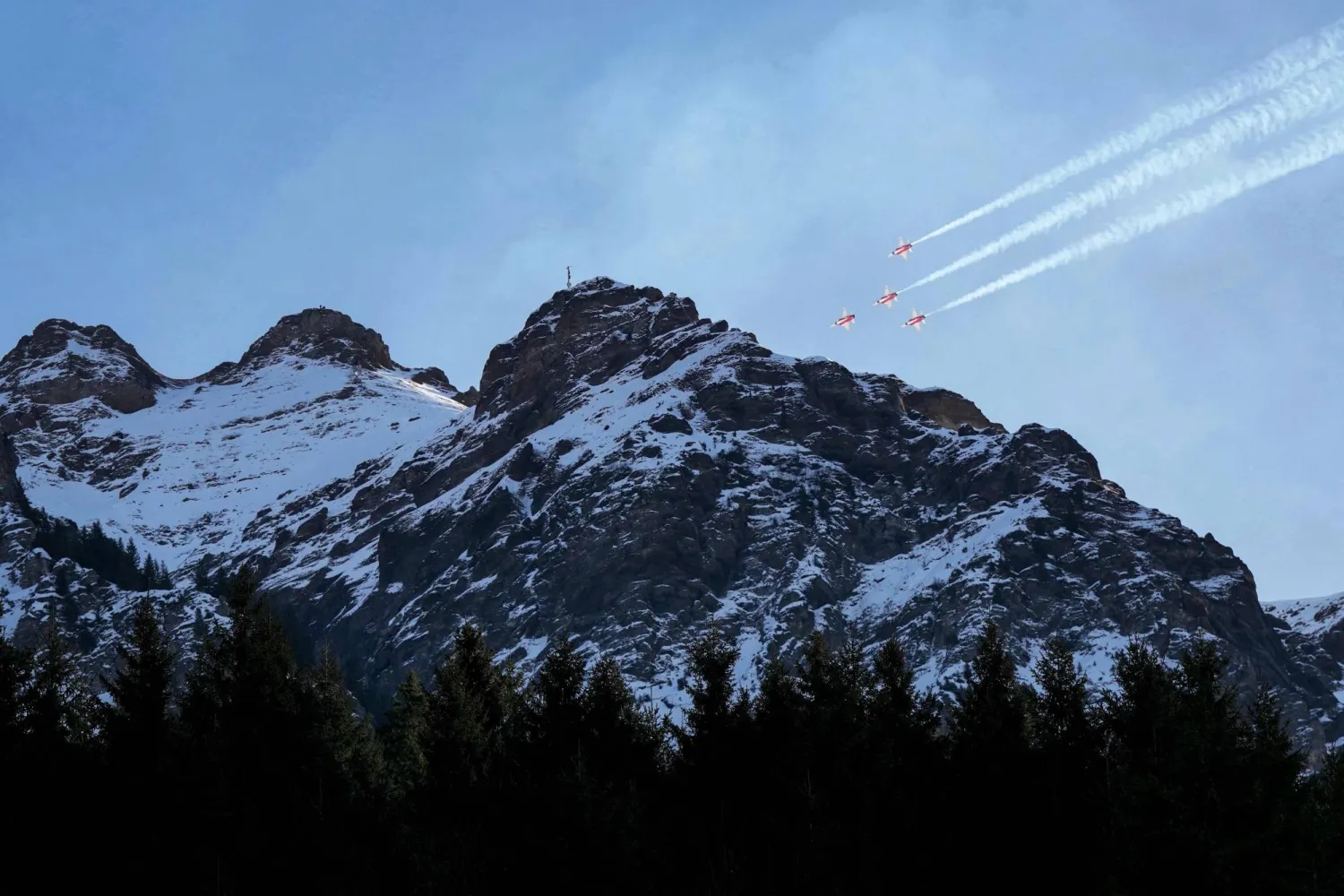It’s simple to accidentally become entranced by an endless loop of videos on Instagram or TikTok. But sometimes, that mindless scroll is interrupted by a reminder that what you thought was a 10-minute break spent on your phone was closer to 30 minutes.
Olivia Yokubonis, armed with a kind voice and scientific research, often pops up in feeds on social platforms, gently reminding viewers that they might not remember the video they saw two videos before she appeared on the screen.
Yokubonis is a content creator who goes by the name Olivia Unplugged online, making videos to combat overuse or mindless use of social media. For the most part, people who view her videos welcome the disruption from the endless loop of content, treating it as a wake-up call to get off their phones. Other times, they are snarky, The Associated Press said.
“People will comment and they’ll be like, ’Oh, (it’s) ironic that you’re posting. And I’m like, ‘Where else am I supposed to find you, Kyle? Outside? You’re not outside. You are here, sitting here,’” she said. “For us to actually be seen, we have to be where people are.”
Yokubonis’ content responds to the feeling many people have, that they spend too much time on social media or apps.
“Most people have no clue how much time they spend on social media,” said Ofir Turel, a professor of information systems management at the University of Melbourne who has been studying social media use for years. Through his research, Turel found that when he presented people with their screen time information, they were practically “in a state of shock” and many people voluntarily reduced their usage afterwards.
Yokubonis is part of a growing group of content creators who make videos encouraging viewers to close out the app they’re on. Some are aggressive in their approach, some more tame; some only occasionally post about social media overuse, and some, like Yokubonis, devote their accounts to it.
She works for Opal, a screen time app designed to help users “reclaim their focus,” she said, but those who engage with her content might not have any idea she is working for the company. Brand logos, constant plugs to download the app and other signs of branding are almost entirely absent from her page. “People love hearing from people,” she said. Millions of views on her videos point to that being true.
“It’s a fine line and a balance of finding a way to be able to cut through that noise but also not adding to the noise,” she added.
Ian A. Anderson, a postdoctoral scholar at California Institute of Technology, said he finds this kind of content interesting, but is curious whether it's disruptive enough to prompt action. He also said he wonders whether those with the strongest scrolling habits are “thoughtless about the way (they're) intaking information.”
“If they're paying full attention, I feel like it could be an effective disruption, but I also think there is a degree to which, if you are really a habitual scroller, maybe you aren’t fully engaging with it,” he said. “I can think of all sorts of different variables that could change the effectiveness, but it does sound like an interesting way to intervene from the inside.”
With billions of active users across TikTok, Instagram, YouTube and other social media platforms, talk of cutting down on screen time is perennial, as is the idea of addiction to social platforms. But there’s tremendous disagreement over whether social media addiction actually exists.
Is social media “addiction” real? Researchers, psychologists and other experts agree some people spend too much time on social media, but the agreement tends to stop there. Some researchers question whether addiction is the appropriate term to describe heavy use of social media, arguing that a person must be experiencing identifiable symptoms, like strong, sometimes uncontrollable urges and withdrawal, to qualify as addiction. Others, like Turel, acknowledge the term seems to resonate with more people and is often used colloquially.
Anderson said he recognized the prevalence of casual mentions of being addicted to phones and was curious to see if that talk was “benign.”
A recent study of his suggests the debate extends further than academic discourse. In a representative sample of active Instagram users, Anderson found that people often overestimate whether they are “addicted” to the app. On a self-report scale, 18% of participants agreed that they were at least somewhat addicted to Instagram and 5% indicated substantial agreement, but only 2% of participants were deemed at risk of addiction based on their symptoms. Believing you are addicted also impacts how you address that issue, Anderson said.
“If you perceive yourself as more addicted, it actually hurts your ability to control your use or your perception of that ability and makes you kind of blame yourself more for overuse,” Anderson said. “There are these negative consequences to addiction perception.”
Cutting down on screen time
For those looking to curb their social media habits, Anderson suggests making small, meaningful, changes to stop from opening your social media app of choice. Moving the app’s place on your phone or turning off notifications are “light touch interventions,” but more involved options, like not bringing your phone into the bedroom — or other places where you often use it — could also help.
Plenty of intervention methods have been offered to consumers in the form of products or services. But those interventions require self awareness and a desire to cut down on use. Content creators who infiltrate social media feeds with information about the psychology behind why people scroll for hours a day can plant those early seeds.
Cat Goetze, who goes by CatGPT online, makes “non-pretentious, non-patronizing” content about artificial intelligence, building off her experience in the tech industry. But she’s also been on a lengthy road to cut down her own screen time. She often makes videos about why the platforms are so compelling and why we tend to spend longer than we anticipate on them.
“There’s a whole infrastructure — there’s an army of nerds whose only job is to get you to increase your time spent on that platform,” she said. “There’s a whole machine that’s trying to get you to be that way and it’s not your fault and you’re not going to win this just (through) willpower.”
Goetze also founded the business Physical Phones, which makes Bluetooth landline phones that connect to smartphones, encouraging people to spend less time on their devices. The inside of the packaging reads “offline is the new luxury.”
She was able to build the business at an accelerated pace thanks to her social media audience. But the early success of Physical Phones also demonstrates the demand for solutions to high screen time, she said.
“Social media will always play a part in our lives. I don’t necessarily think that’s a bad thing. If we can get the average screen time down from, if it’s 10 hours for a person to one hour, or from three hours to 30 minutes, that is going to be a net positive benefit for that individual and for society,” Goetze said. “That being said, I’d love to be the person that they’re watching for those 30 minutes.”









